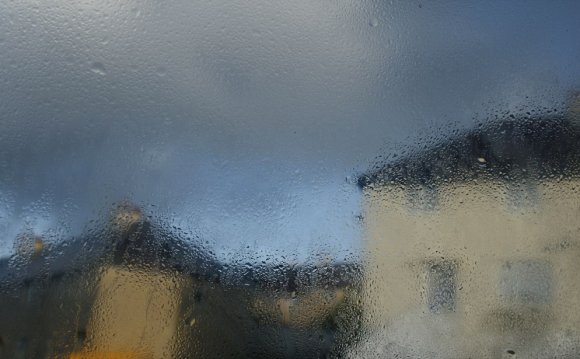
S. O. Demokritov, V. E. Demidov, O. Dzyapko, G. A. Melkov, A. A. Serga, B. Hillebrands and A. N. Slavin
Bose–Einstein condensation is one of the most fascinating phenomena predicted by quantum mechanics. It involves the formation of a collective quantum state composed of identical particles with integer angular momentum (bosons), if the particle density exceeds a critical value. To achieve Bose–Einstein condensation, one can either decrease the temperature or increase the density of bosons. It has been predicted that a quasi-equilibrium system of bosons could undergo Bose–Einstein condensation even at relatively high temperatures, if the flow rate of energy pumped into the system exceeds a critical value. Here we report the observation of Bose–Einstein condensation in a gas of magnons at room temperature. Magnons are the quanta of magnetic excitations in a magnetically ordered ensemble of magnetic moments. In thermal equilibrium, they can be described by Bose–Einstein statistics with zero chemical potential and a temperature-dependent density. In the experiments presented here, we show that by using a technique of microwave pumping it is possible to excite additional magnons and to create a gas of quasi-equilibrium magnons with a non-zero chemical potential. With increasing pumping intensity, the chemical potential reaches the energy of the lowest magnon state, and a Bose condensate of magnons is formed.









